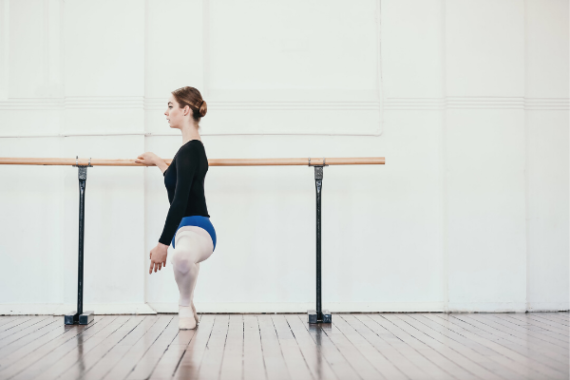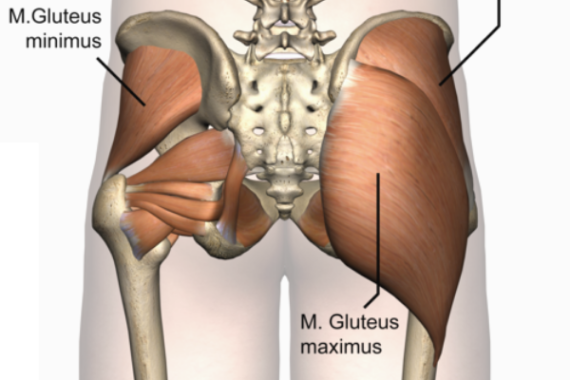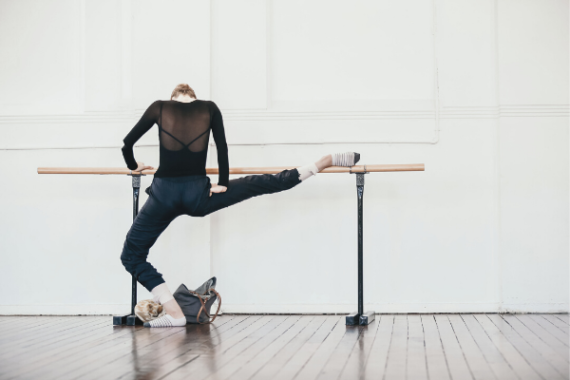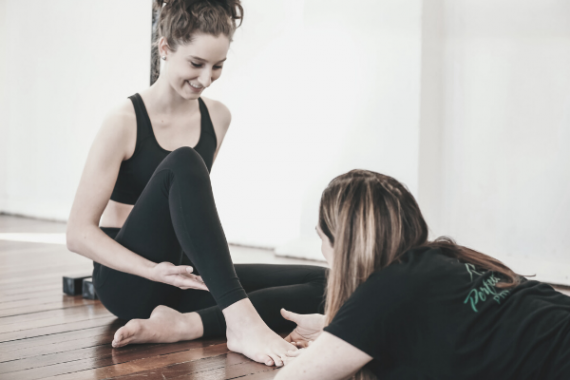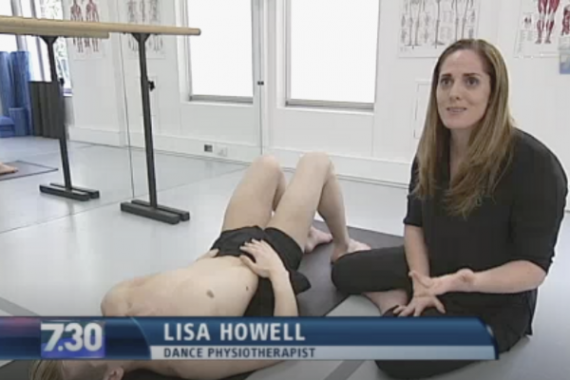- Free Articles
- Shop
- Workshops
- The Dance Educator Series
- L1 – The Fundamentals
- L2 – Pointe Intensive
- L2 – Flexibility Intensive
- L2 – Training Turnout in Tiny Dancers
- L3 – Foot & Ankle Injuries in Dancers – NEW
- L3 – Hip Injuries in Dancers
- L3 – How to Train Extreme Mobility Safely
- Upcoming Workshops
- Workshop FAQ’s
- Workshop Testimonials
- Host Application Form
- Dance Teacher & Health Professional Directory
- Members Areas
- Cart
- My Account
Are Leg Weights OK?
Some dance students and their teachers ask about using leg weights to work on hip strength in their classes. The theory is that by doing exercises under load the dancer will build up strength in the muscles needed for a specific movement, and when the exercise is then performed without the weights, the movements will feel effortless. However, many dancers experience the opposite scenario, complaining of sore hips after just few weeks of using weights. While it is reasonably common practice in many dance schools, using weights on the legs during class must be used with caution.
Using weights on the legs may be beneficial but should only be used when the dancer demonstrates excellent technique and control without the weights. For example, it may be suitable for a professional classical dancer who has exquisite placement and range who wants to build endurance and control to survive a full season. However, I do not believe that weights should be given to student dancers in an attempt to get their legs higher. If weights are added before a dancer knows how to correctly articulate the hip in the socket and coordinate this action with subtle control of the pelvis, they will simply overuse the muscles that they are already (incorrectly) using.

While strengthening the hip flexors in order to get higher legs is important, there are several different hip flexors which need to be trained very specifically to support the leg en l’air. Understanding the anatomy of this area is crucial to chosing the correct strenthinening exercises, and avoiding overloading muscles that are already struggling.
Resistance training often overloads the superficial hip flexors (TFL and Rectus Femoris) rather than strengthening the deeper layers of Iliacus and Psoas Major. Repeated overuse of the hip flexors under load, without the appropriate patterning, often results in inflammation of the front of the hips, and this is especially common in young dancers.In addition, deep back control and dynamic core stability is an essential element in getting the Psoas Major to actually function as a hip flexor, so retraining for increased height of legs needs to start with some very specific deep core control exercises, rather than loading the legs.
The following video explains the anatomy of the hip in relation to getting your leg higher in a développé devant.
If you, or one of your students, have been told to use weights in class and are concerned about this, I would suggest gently approaching the teacher after class and raising your concerns. Ask if there are any other technique issues that they have noticed that can be worked on without the use of weights. If needed, have a private lesson with the teacher to gain confidence in using all of the correct muscles, but do not use weights if they are loading the hips in an uncomfortable way.
In our new program aimed at getting the legs higher in a devéloppé devant we focus on understanding each element that goes into effortless extensions, and training these separately, before putting them together. This results in much better technique all round and helps get the legs lifted without any discomfort in the hips. You will also learn how to really isolate and feel the muscles that should be used in class more specifically, which helps prevent injuries of the knees and lower leg.
Flexibility Resources
If you are looking to delve deeper into this topic, check out the following programs:
- Level Two Online Flexibility Intensive: If you are a dance teacher, this is the perfect continued education course for you. During this course you will understand the multifactorial nature to flexibility training. You will also explore safe ways of assessing exactly where each individual is restricted in order to create the most effective program.
- Level Three Online Flexibility Intensive on 'How to Train Extreme Mobility Safely': This workshop will help you assess your students in detail and be able to offer them effective techniques in a logical clear order to get them on the way to achieving THEIR optimal flexibility. It is also for teachers who are concerned at the extreme positions young dancers are wanting to work into, as it gives you safe guidelines on how to guide their development.



